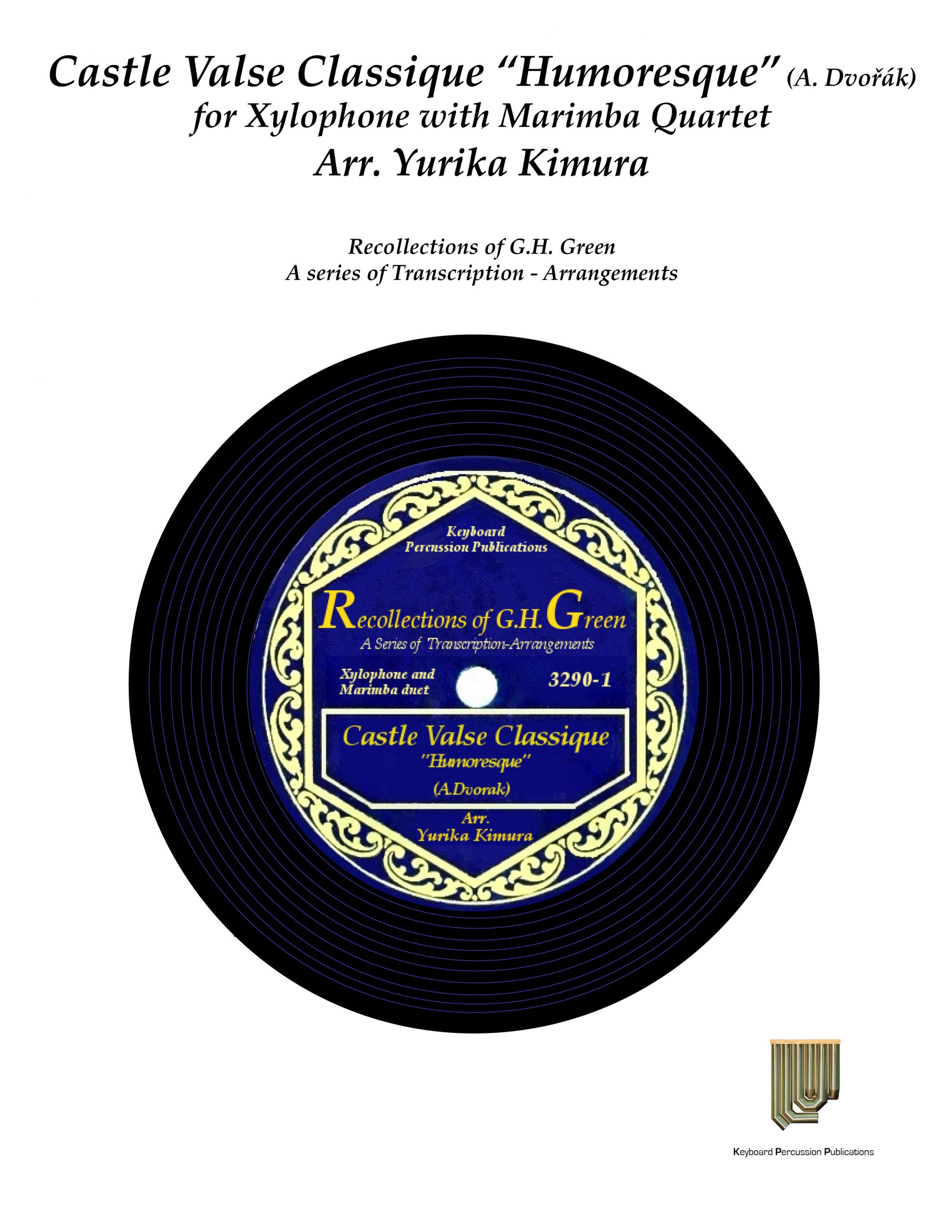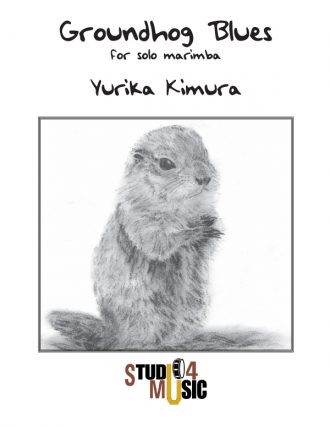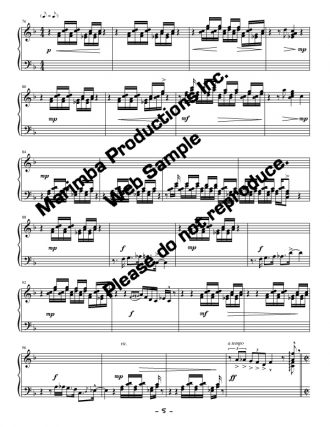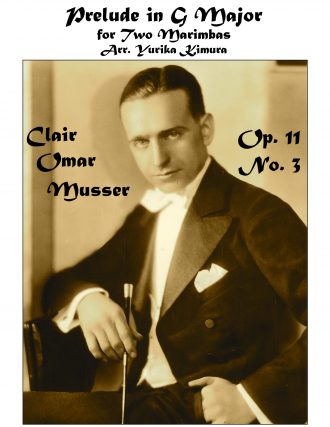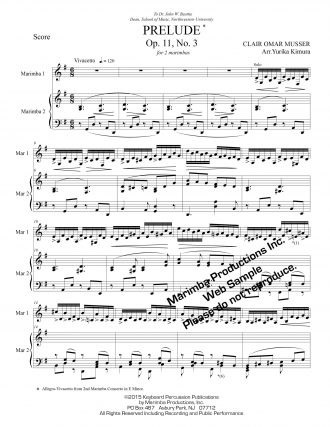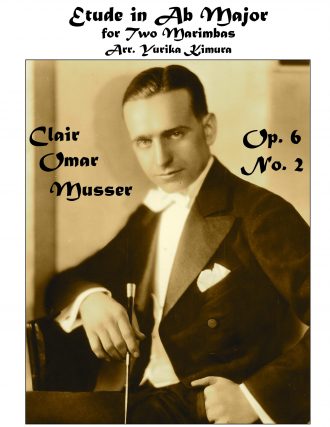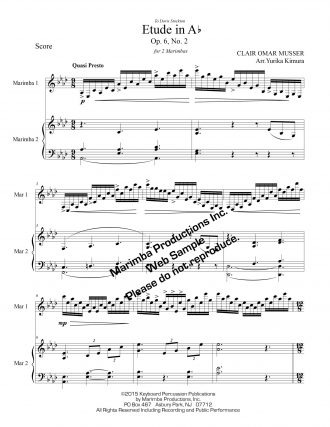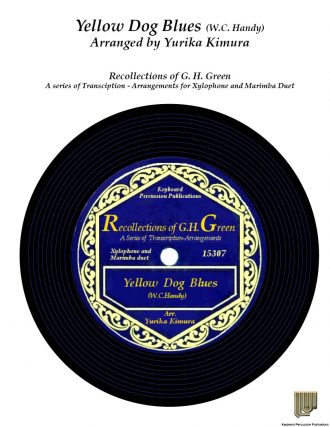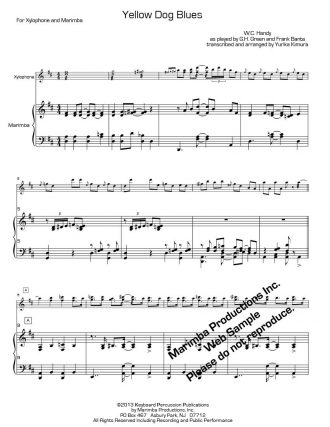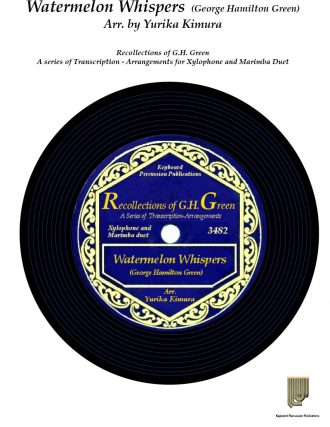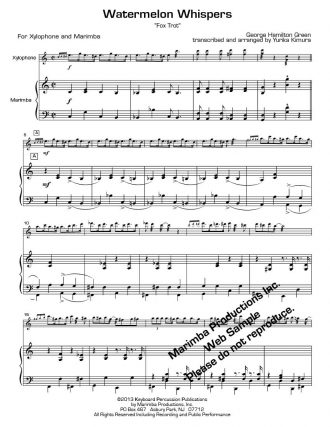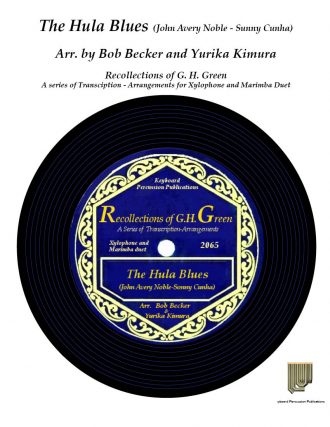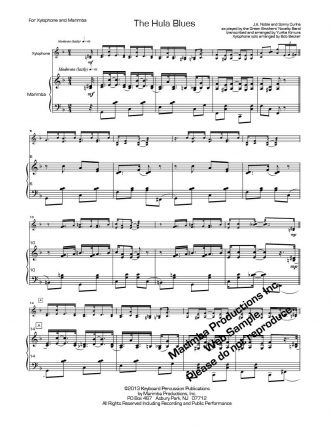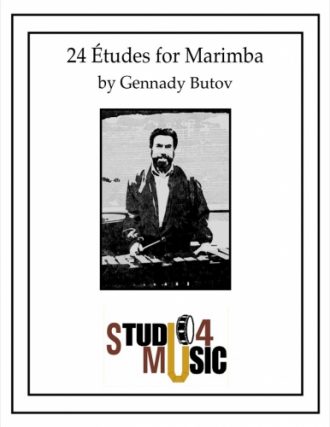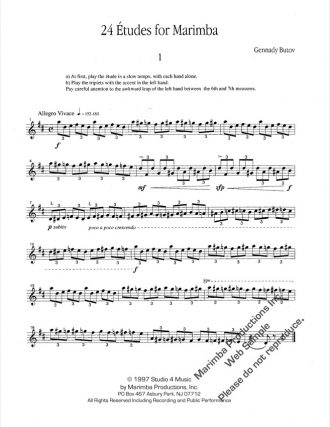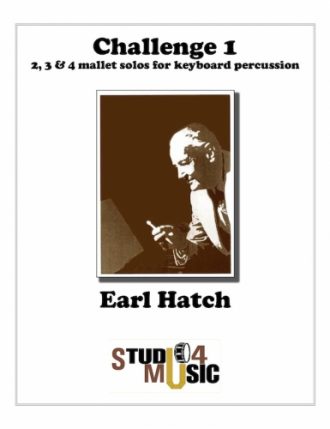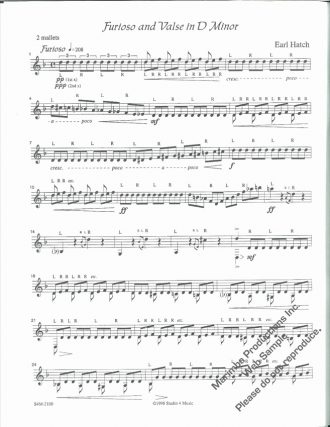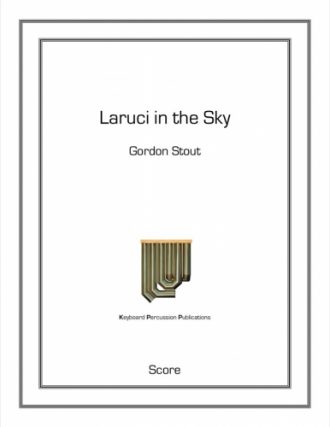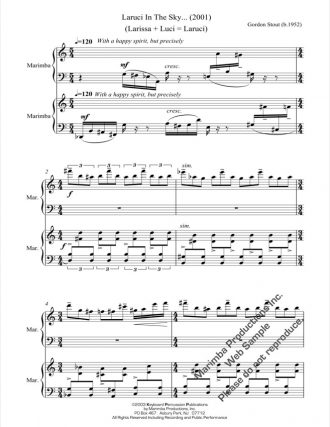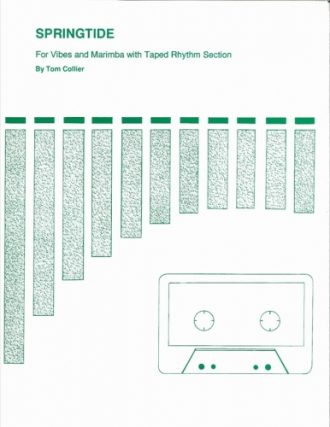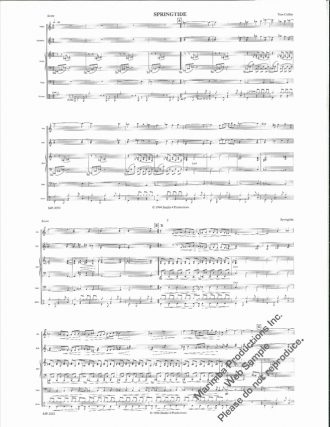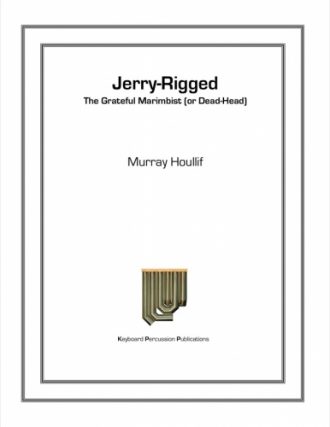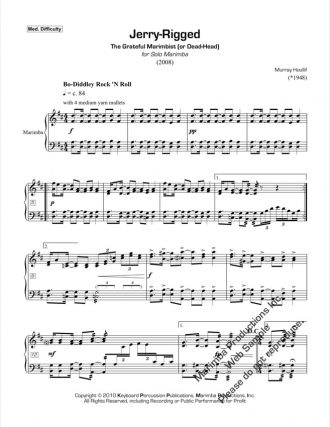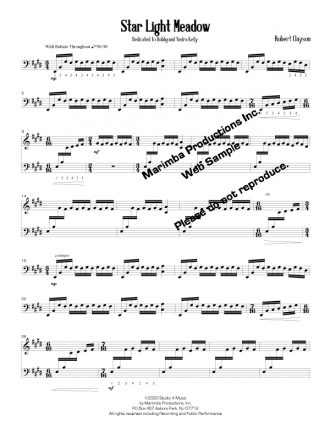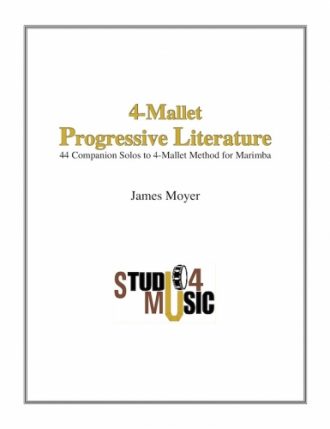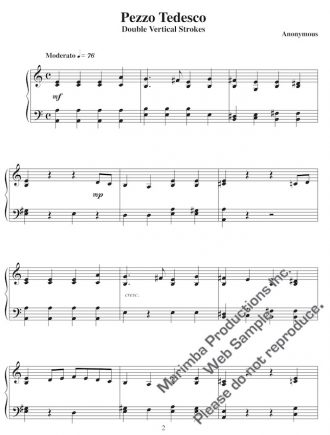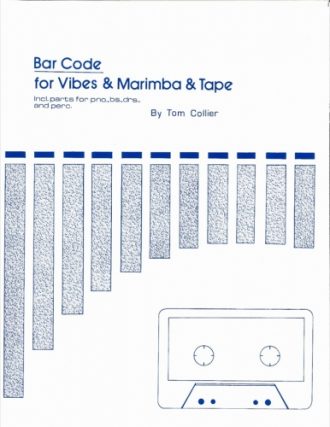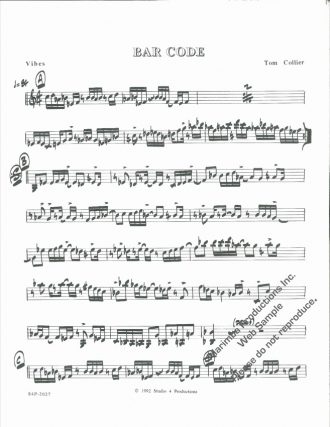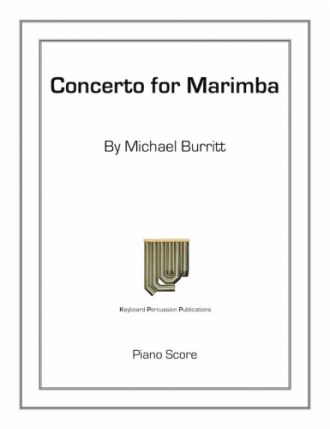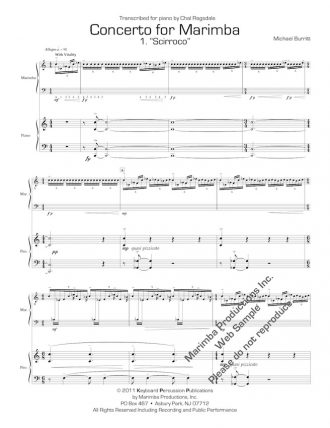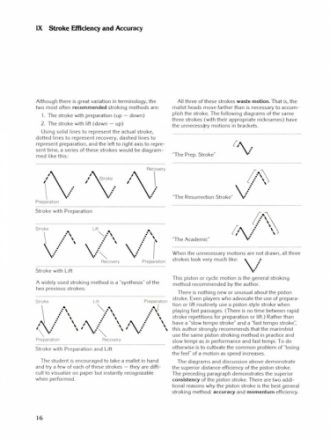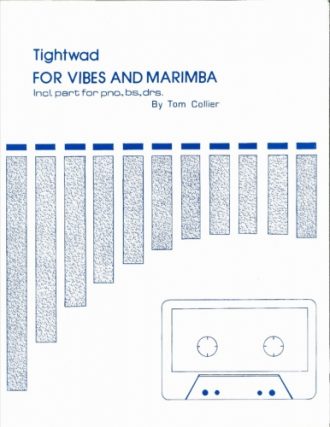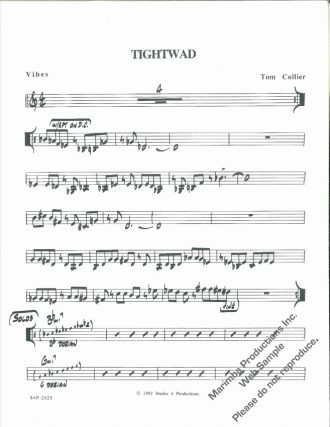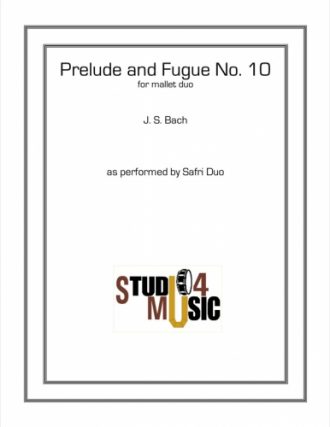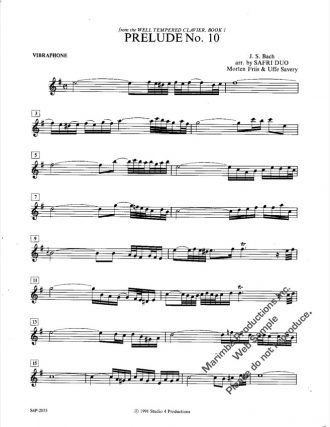Castle Valse Classique was a title given to Ford T. Dabney’s 3/4 time arrangement of Antonin Dvorák’s popular piano composition Humoresque (Op. 101, Number 7), composed in 1894. The name Castle Valse refers to the dance team of Vernon and Irene Castle, who were exceedingly popular performers and teachers of all the ballroom dance styles in vogue in the United States during the 1910s and 20s. They appeared with Earl Fuller’s Rector Novelty Orchestra at Rector’s Restaurant in NYC in 1917, a time when Fuller also featured George Hamilton Green in his ensemble. The Castles’ “hesitation waltz” treatment of Humoresque became one of their signature numbers, and Green’s spectacular obbligato xylophone performance made the music persuasive enough to stand alone on records.
Green recorded his quadruple-speed variations at least eight different times between 1917 and 1920 for Brunswick, Columbia, Emerson, Lyraphone, and Pathe. Perhaps the most definitive recording was made with Fuller’s orchestra for Columbia (#49236) in 1917, however the xylophone solo transcribed in this arrangement is from a 1918 Emerson recording (#3290-1). Although Green plays differently on each record, there is a consistent approach to creating arpeggios based on his doubling-back style, a method of improvising on the harmony of a song, which is outlined in numerous lessons from his celebrated books Instruction Course for Xylophone, and Modern Improvising (look at Lesson 14 in the latter work for the best explanation).
It is to be noted that Green’s performance of the falling minor third passage in measures 130 – 132 has been transcribed as 16th note triplets. However, the actual figure Green played was not triplets, but an irrational rhythm, that is not possible to notate precisely.
Marimba parts 1 and 2 may be played together on one 4 octave instrument.
Marimba parts 3 and 4 may be played together on one 5 octave instrument.

